If you’re serious about your sporting performance or your fitness, then you need to get as much information as you can from your activity tracker or fitness device.
Endurance athletes, in particular, can derive immense benefit from GPS-enabled devices as they accurately track variables such as distance, various speed metrics including pace, and total elevation gained or lost.
READ MORE: Fitbit Charge 4 available soon at Dis-Chem stores
Balance volume and intensity
This in-depth feedback will help to quantify your training and track your progress towards your goal or new PB. Specifically, this information indicates the volume and intensity of your training.
An accurate view of this data is vital for optimal training periodisation – how you progressively increase your total training load over specific phases.
The general guideline is to focus on one aspect at a time. As an example, start with a volume-based base phase, adding distance in increments of 10% each week.
Once you’ve reached your weekly mileage target, drop the volume slightly and then focus on conditioning. This could include speed work or hill training. Include a short recovery phase between each block.
READ MORE: Pre-order your Fitbit Charge 4 now.
Real-time feedback
The pacing functionality enabled by GPS tracking also provides real-time feedback from your device while you train or race.
Athletes use this info to hit specific speeds or intensity zones during intense training to get the most from their sessions, or during a race to ensure they maintain on target pace to achieve that PB!
Many devices also offer on-device cues and prompts, with a virtual racer or pacer and auditory cues like beeps or tactile prompts like vibration alerts.
You can use this feedback for motivation, or to race a virtual opponent to beat a previous best on a specific route or improve at a benchmark training session.
READ MORE: Fitbit enhances smartwatch experience
The big picture
And by combining this cumulative distance and intensity information with the heart rate, calorie consumption and sleep data that a GPS-enabled device usually tracks, you’ll gain deeper insights into how your body is responding and adapting.
Depending on the companion app and ecosystem your device connects to, you’ll likely receive insights regarding your recovery – are you over- or under-recovered, or peaking for a goal race – and your current fitness levels (usually represented as a rise in VO2max).
What you want to see is a gradual increase over time in terms of distance and/or speed, from week to week and from one training block to the next.
Ideally, you want your heart rate to remain constant will your speed increases. That indicates that you’re becoming more efficient and fitter, which means your training is working, thanks to your device!

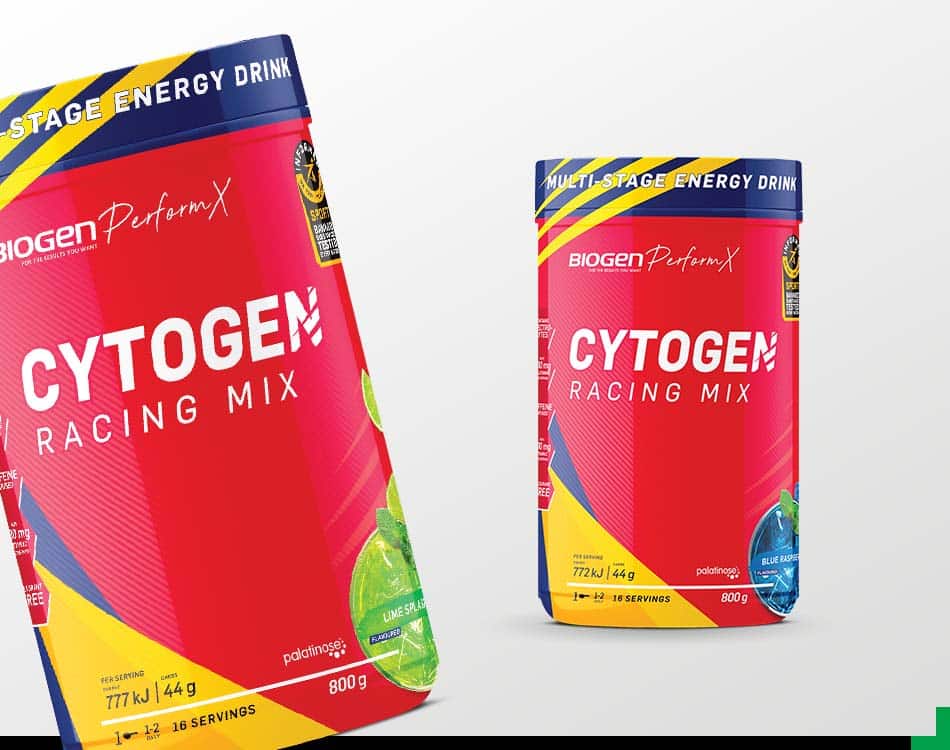
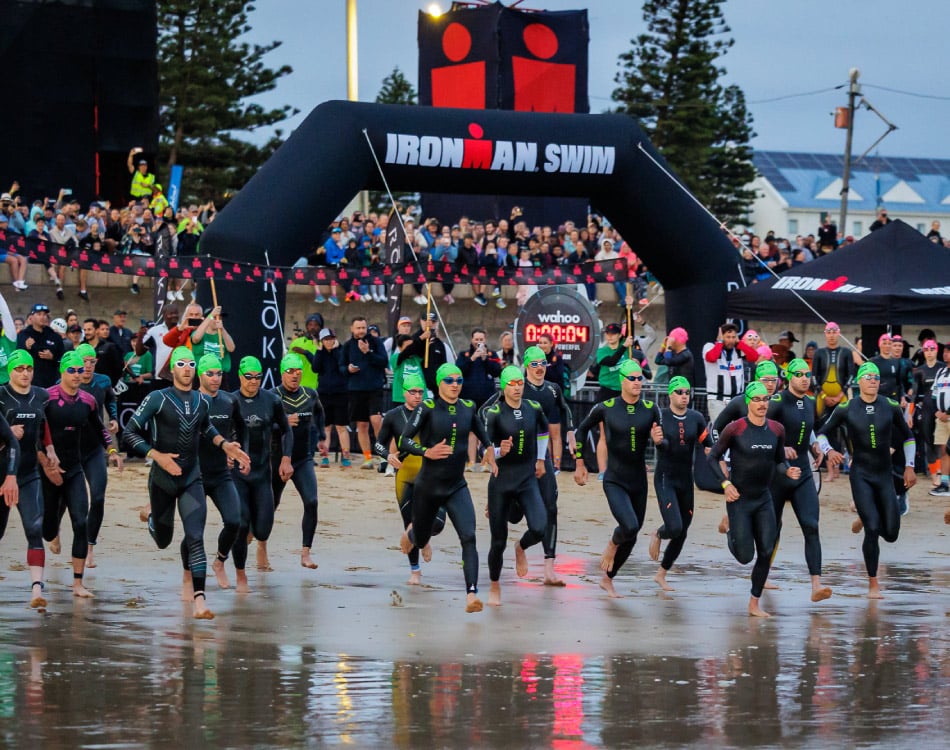
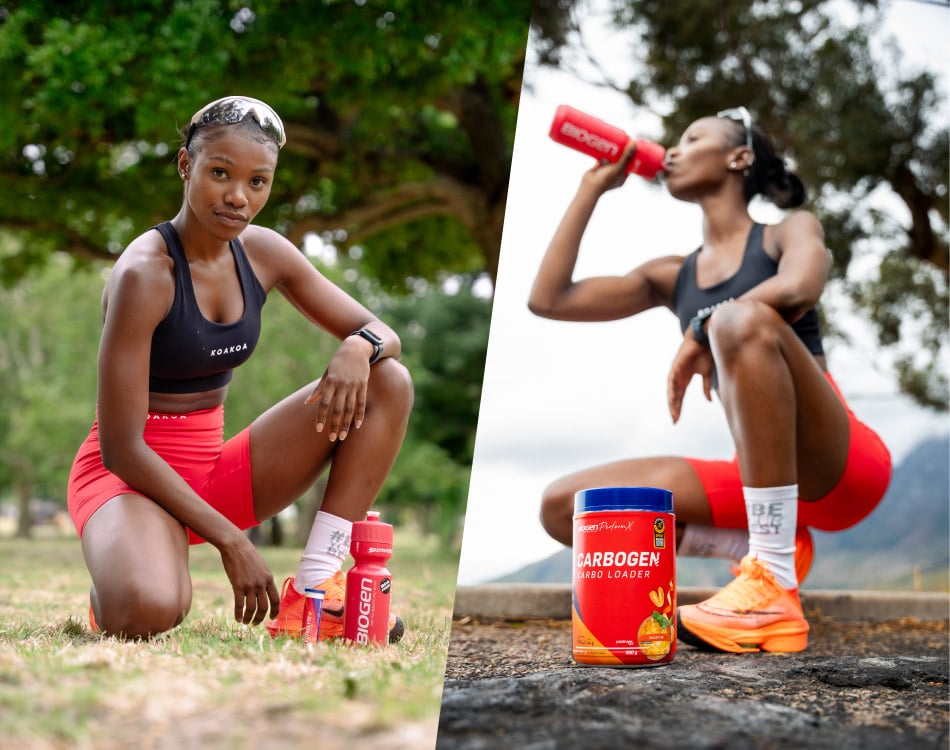
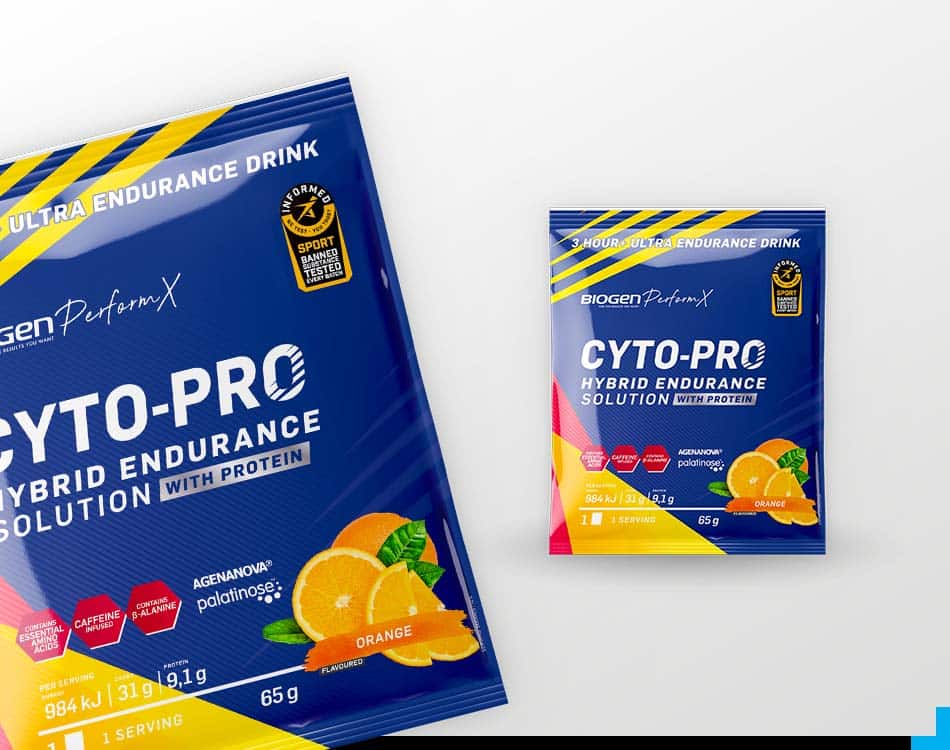
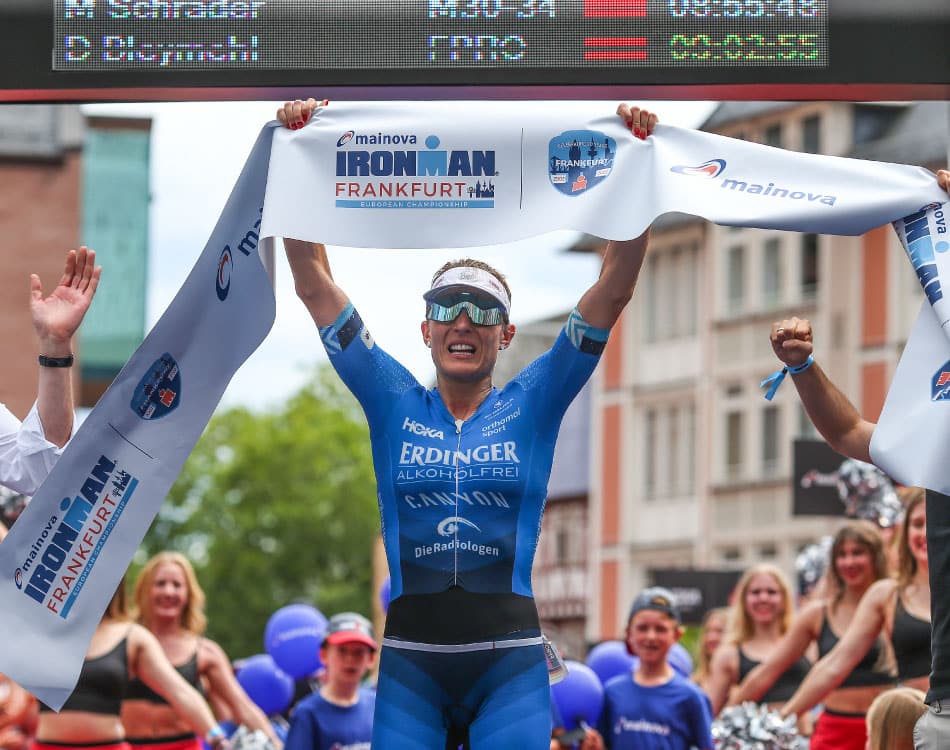
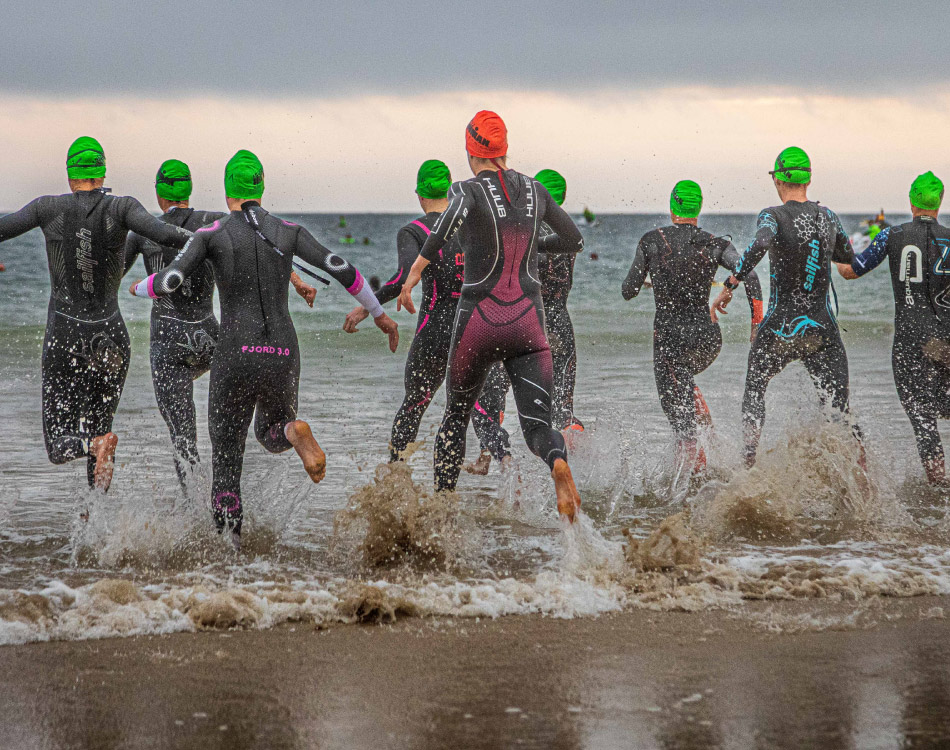

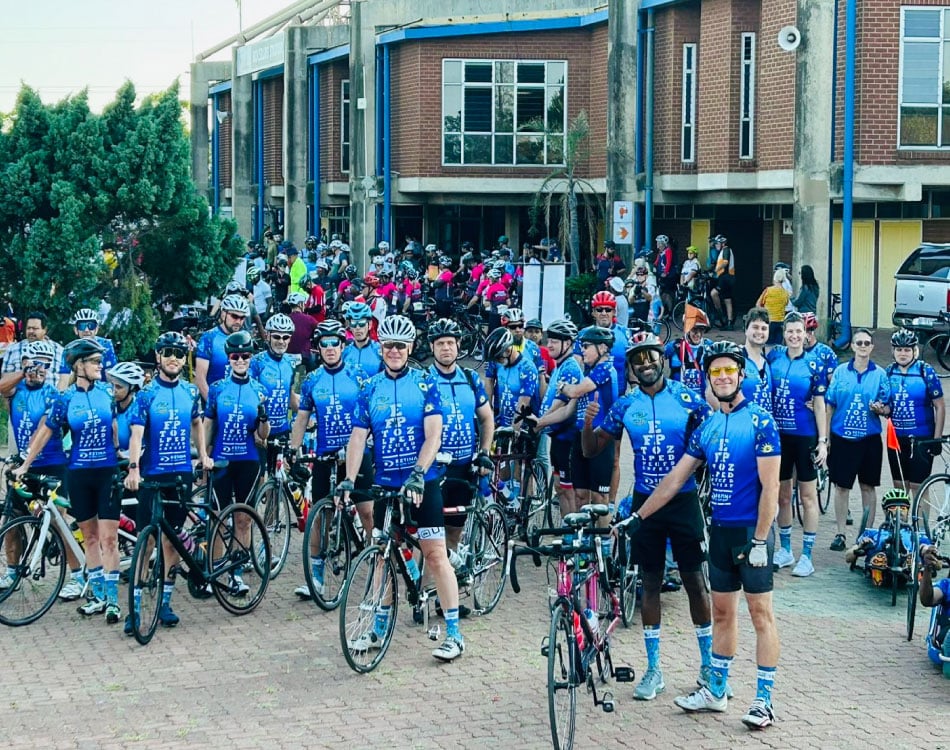
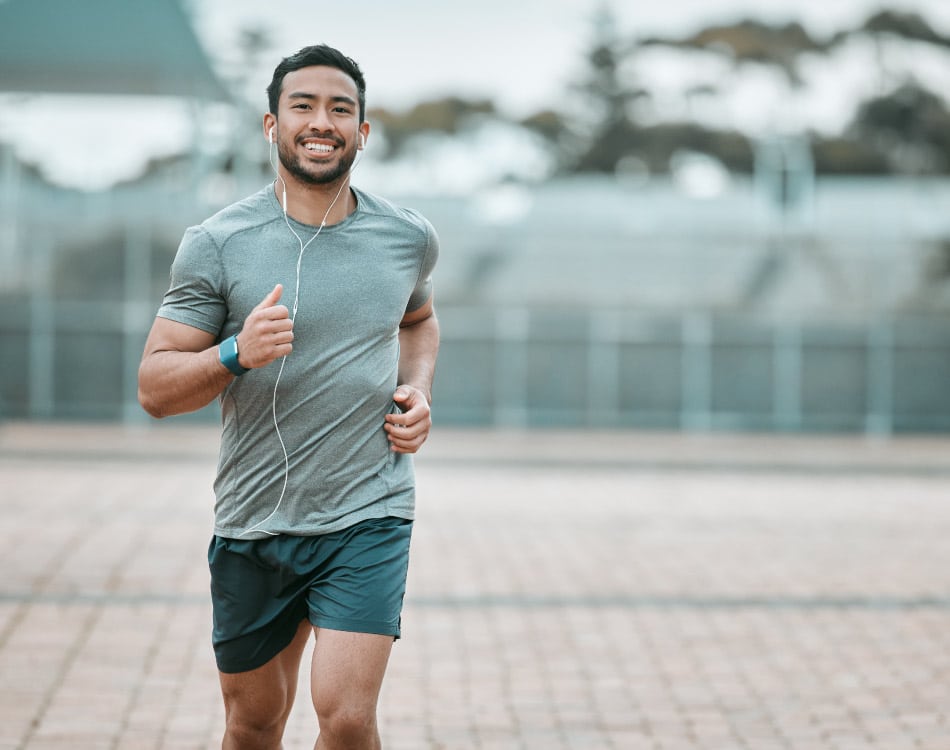
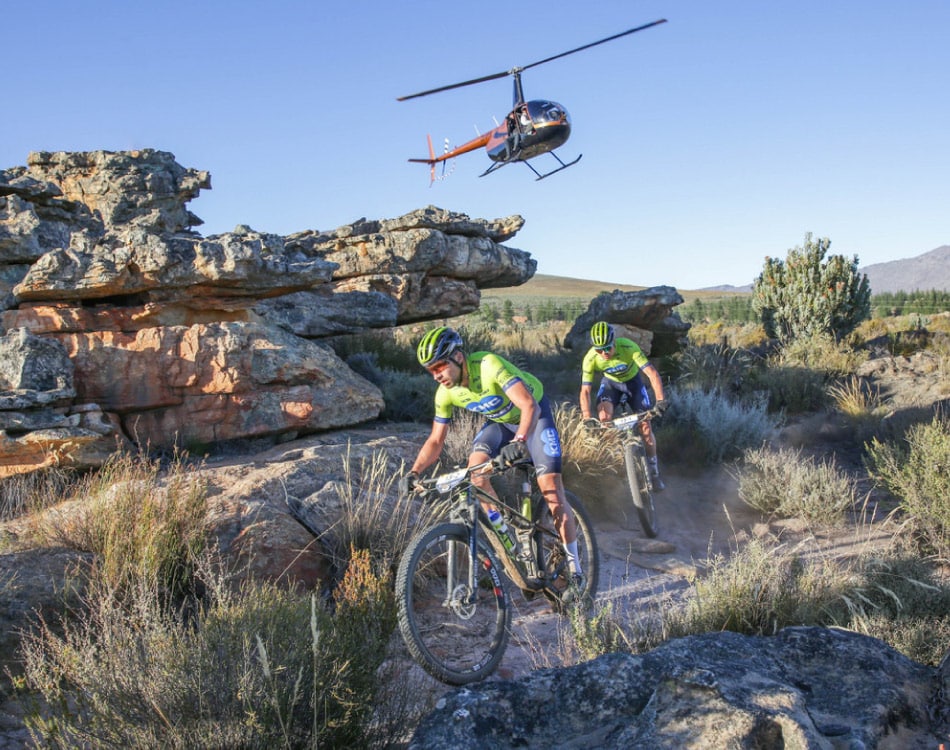

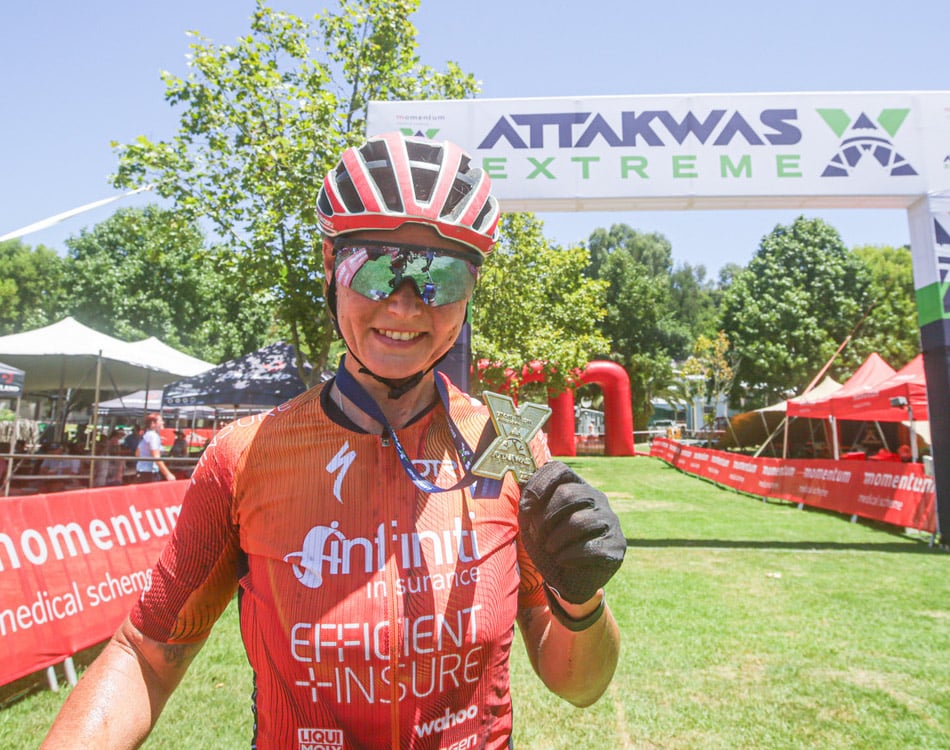



Leave A Comment